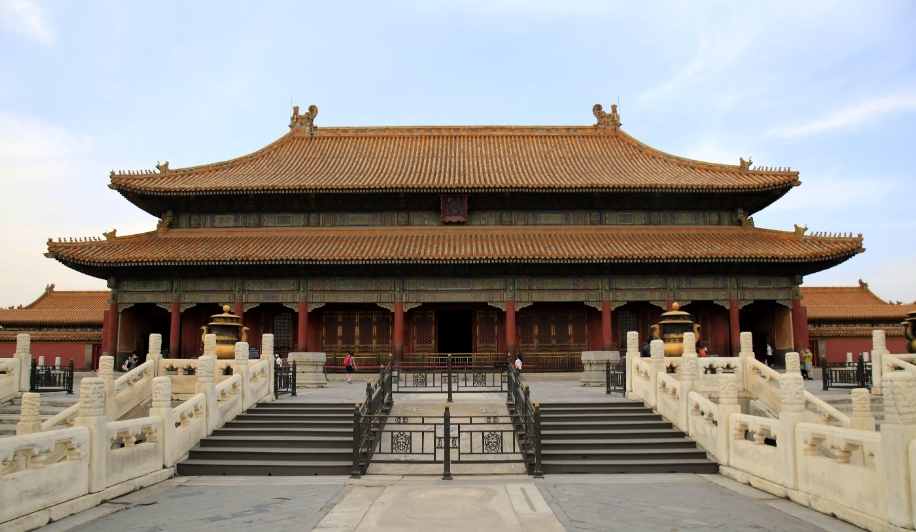
A Haven of Tranquil Longevity: Exploring the Ningshou Gong
Best known as the Qianlong Garden, the 87,000-square-foot Ningshou Gong, or 'Palace of Tranquil Longevity', stands as a testament to the grandeur and opulence of the Qing dynasty. This architectural marvel, nestled within the Forbidden City's northeast corner, was meticulously designed and constructed in the 1770s under the watchful eye of Emperor Qianlong. Its purpose? To serve as the Emperor's lavish retreat, a haven of tranquility where he could indulge in his passions and enjoy his twilight years after abdicating the throne to his son.
A Palace Fit for an Emperor in Retirement:
Though intended for retirement, the Ningshou Gong was far from a humble abode. It boasted a complex layout carefully calibrated to meet the needs and desires of its imperial resident.
-
The Public Zone: Located at the southern end of the complex, this area served as a stage for the continuation of some official duties and ceremonial events, albeit on a smaller scale. It housed grand halls for receiving guests and conducting state affairs, ensuring that even in retirement, the Emperor remained a figure of authority and influence.
-
The Private Quarters: This section, nestled deeper within the complex, provided a sanctuary for the Emperor's personal life. Lavishly decorated courtyards led to private living quarters, studies, and libraries, reflecting the Emperor's refined tastes and intellectual pursuits. Here, surrounded by his concubines and trusted eunuchs, Qianlong could indulge in his love for art, poetry, and calligraphy, far from the burdens of ruling a vast empire.
-
The Qianlong Garden: The jewel in the crown of the Ningshou Gong was undoubtedly the exquisite Qianlong Garden. This 2.4-acre walled garden, a microcosm of the natural world, was designed to provide an escape into nature's embrace.
-
Architectural Delights: Within the garden walls, a symphony of pavilions, rockeries, ponds, and winding pathways unfolded. Each element, meticulously crafted and strategically placed, invited contemplation and appreciation for the beauty of the natural world, miniaturized and perfected.
-
A Haven for the Arts: The garden wasn't just a visual feast; it was also a stage for artistic expression. The pavilions, each with its unique design and purpose, hosted poetry readings, musical performances, and theatrical presentations, transforming the garden into a vibrant cultural hub.
-
Ningshou Gong Today: A Glimpse into the Past
Today, the Ningshou Gong stands as a captivating window into the opulent world of the Qing dynasty. Painstakingly restored to its former glory by the Palace Museum and the World Monuments Fund, it offers visitors a chance to wander through time, imagining the life of an Emperor in retirement.
Q&A:
-
Q: Why did Emperor Qianlong build the Ningshou Gong?
- A: Emperor Qianlong built the Ningshou Gong as a lavish retirement palace where he could enjoy his later years after abdicating the throne.
-
Q: What activities did Emperor Qianlong engage in at the Ningshou Gong?
- A: At the Ningshou Gong, Emperor Qianlong continued to conduct some state affairs, but he also indulged in his passions for art, poetry, calligraphy, and enjoying the tranquility of the Qianlong Garden.
-
Q: What is the significance of the Qianlong Garden within the Ningshou Gong?
- A: The Qianlong Garden represents a microcosm of the natural world, meticulously designed to provide a haven for contemplation, artistic expression, and escape from the confines of palace life. It stands as a testament to the Emperor's refined taste and his appreciation for the beauty of nature.
note: This return of all, without the author's permission, may not be reproduced